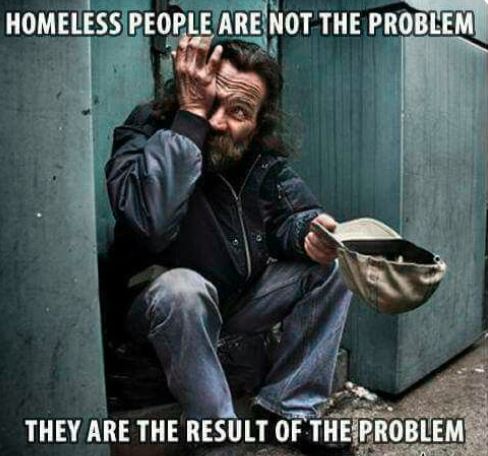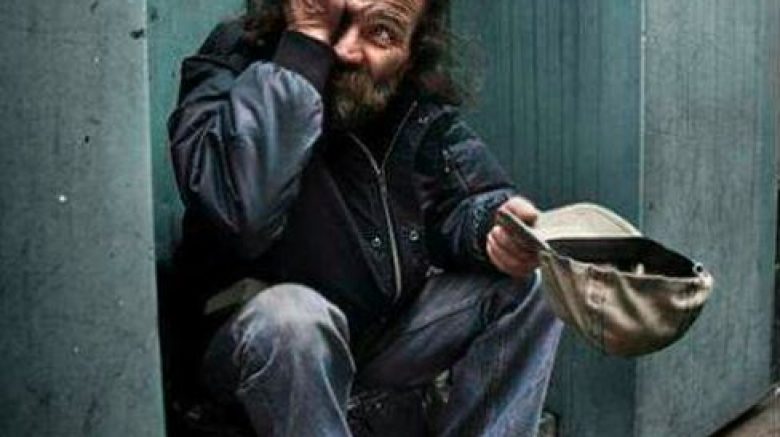
On Census night in 2016, more than 116,000 people were estimated to be homeless in Australia—58% were male, 21% were aged 25–34 and 20% identified as Aboriginal and Torres Strait Islander Australians (ABS 2018). Around 51,000 (44%) were living in severely crowded dwellings.
Why do people experience homelessness?
Homelessness can be the result of many social, economic and health–related factors. Individual factors, such as low educational attainment, whether someone is working, experience of family and domestic violence, ill health (including mental health issues) and disability, trauma, and substance misuse may make a person more at risk of becoming homeless (Fitzpatrick et al. 2013).
Structural factors, including lack of adequate income and limited access to affordable and available housing, also contribute to risk of homelessness (Johnson et al. 2015; Wood et al. 2015). Determining how individual and structural risk factors interact to influence a person’s vulnerability to, and experience of, homelessness is an important ongoing focus of homelessness research (Fitzpatrick & Christian 2006; Lee et al. 2010).
Defining homelessness
There is no single definition of homelessness. The Australian Bureau of Statistics (ABS) defines homelessness, for the purposes of the Census of Population and Housing, as the lack of one or more elements that represent ‘home’.
The ABS statistical definition of homelessness is ‘… when a person does not have suitable accommodation alternatives they are considered homeless if their current living arrangement:
- Is in a dwelling that is inadequate
- Has no tenure, or if their initial tenure is short and not extendable or
- Does not allow them to have control of, and access to space for social relations’ (ABS 2012).
- It considers that a person is homeless if they are living in non–conventional accommodation (such as living on the street), or short–term or emergency accommodation (such as living temporarily with friends and relatives)
People experiencing homelessness
On Census night in 2016, more than 116,000 people were estimated to be homeless in Australia—58% were male, 21% were aged 25–34 and 20% identified as Aboriginal and Torres Strait Islander Australians (ABS 2018). Around 51,000 (44%) were living in severely crowded dwellings. Over 21,000 (18%) were living in supported accommodation for the homeless and 8,200 (7%) were rough sleepers (Table 1).
Source: ABS 2018. https://www.aihw.gov.au/reports/australias-welfare/homelessness-and-homelessness-service
